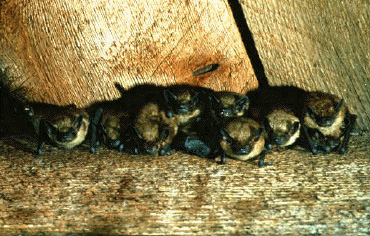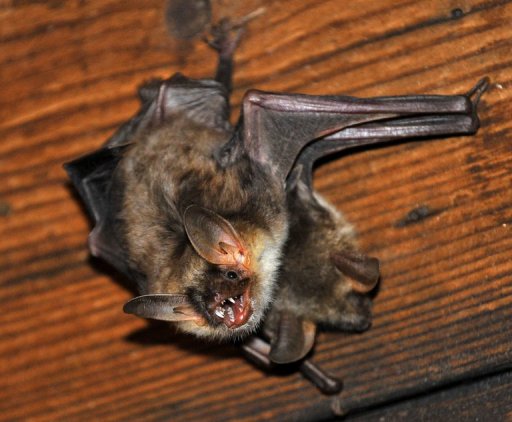
Hi my name is Brendan Mangnitz and I am the owner of 24/7 Wildlife Control. I have been in business now on my own for nearly five years and I have been in this industry for close to 10 years working with friends, family and other companies while learning, training and understanding the wildlife removal & nuisance animal control industry. I started off by graduating from the University of South Florida with my Business Management degree. After this degree I got into the field of wildlife control because I knew there was a big issue with bats getting into people's residences and I realized that there are not many professional bat removal companies. I wanted to be one of the most professional bat removal companies and bat trapping companies out there. You want to hire professional and honest bat removal and bat trapper that is properly licensed, insured, bonded, has workers comp, but additionally you want to hire bat removal companies and bat trappers that show up in uniforms, have wonderful customer service, have clean trucks and respect both of you and the animals like the bats being trapped. We treat our animals in a humane way.

Take Actions to Keep bats Out of Your Home
Some bats live in structures, and may continue to do so with little threat to population if they aren't able to access residential spaces and the possibility for exposure to individuals is low. However, bats should always be excluded from coming into rooms of your house. As mentioned above, "bat proofing" your house or living areas can prevent bats from using your house for a roosting site. For best results, get in touch with a bat removal specialist to perform these Bat Exclusion Methods or bat proofing of your home.

If you choose to do the "bat-proofing" yourself, here are some suggestions:
Carefully analyze your house for gaps that might allow bats access into your living areas. Any openings larger than a quarter-inch by a half-inch should be caulked and sealed. Take a look at all of the soffits, the facia, and the roof line. Make sure that there is a tight seal and no openings leading into the attic. If there is even a ¼ in of space you will want to make sure that it is caulked and sealed. Fill electrical and plumbing gaps with stainless-steel made of wool or caulking. Ensure that all gaps to the outside close firmly.
Most bats migrate in the fall or winter to hibernate, so these are the best times to "bat-proof" your house. During summer, many younger bats aren't able to fly. If you remove mature bats during this time, the younger bats may be stuck in your attic and die, it may also be against the law to remove bats during certain times of the year because bats are a protected species in some states. Make sure you call your local wildlife control professionals for guidance and assistance.

Bat Exclusions: Sealing up your Home
An exclusion is where you seal up the home from any of the openings, damage or access points that the bats or other animals have used to gain access to your attic and home. This is more on the Bat Prevention side of things. If you are not good at handyman or construction work you may want to give me a call, Brendan Mangnitz, and I can go out there with my exclusion crew and take care of the bat damage for you. If you want to try it, then keep reading and good luck! You want to use only the best materials anytime you are dealing with bats and that will Get Bats Out Of The House. They are strong and fierce, and very determined. The foam that they sell at the hardware store, is 100% GARBAGE. Bats can chew right though this, this just makes them laugh. You want to use only steel, metal, and concrete products. Identify all the areas on the home that have gaps or openings. You then want to seal off these areas ensuring that future animals cannot get into the structure. Take your time and do a good job closing off your home from the bats, take a look at the roof, walk the soffits, and really make sure you get any ears that can be potential access points. Roof returns are company areas that bats generally use, you will want to close these off using metal and concrete. See the way I closed off this roof return on a home? This is how you do exclusion work to guarantee that you will not have a future issue with bats!
If you think you are having an issue with bats in your and want to get an expert opinion on the sounds you are hearing, give me a call! My name is Brendan Mangnitz with 24/7 Wildlife Control and I am always available to help identify the sounds you hear, and I would be happy to send one of our technicians out to assist you.